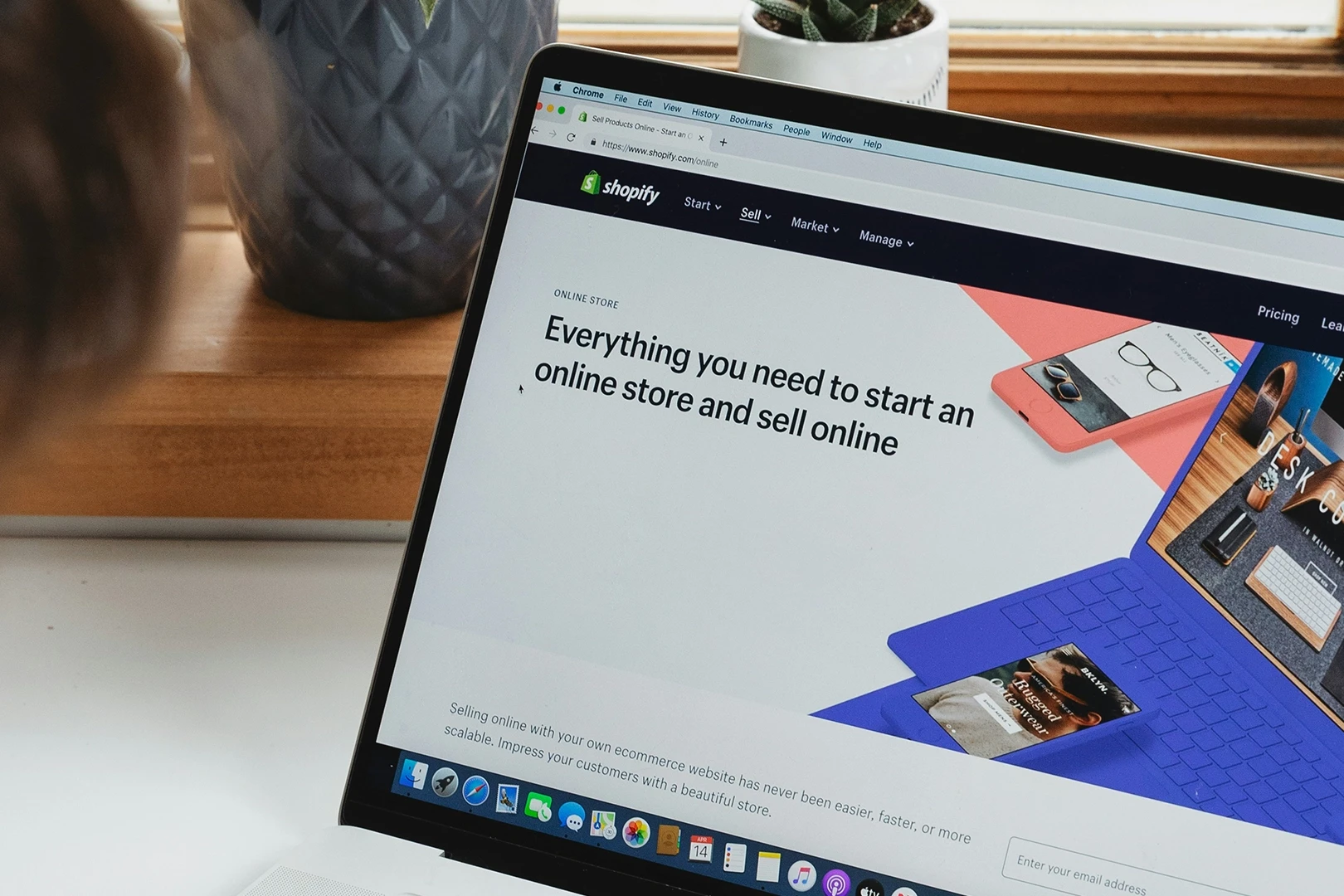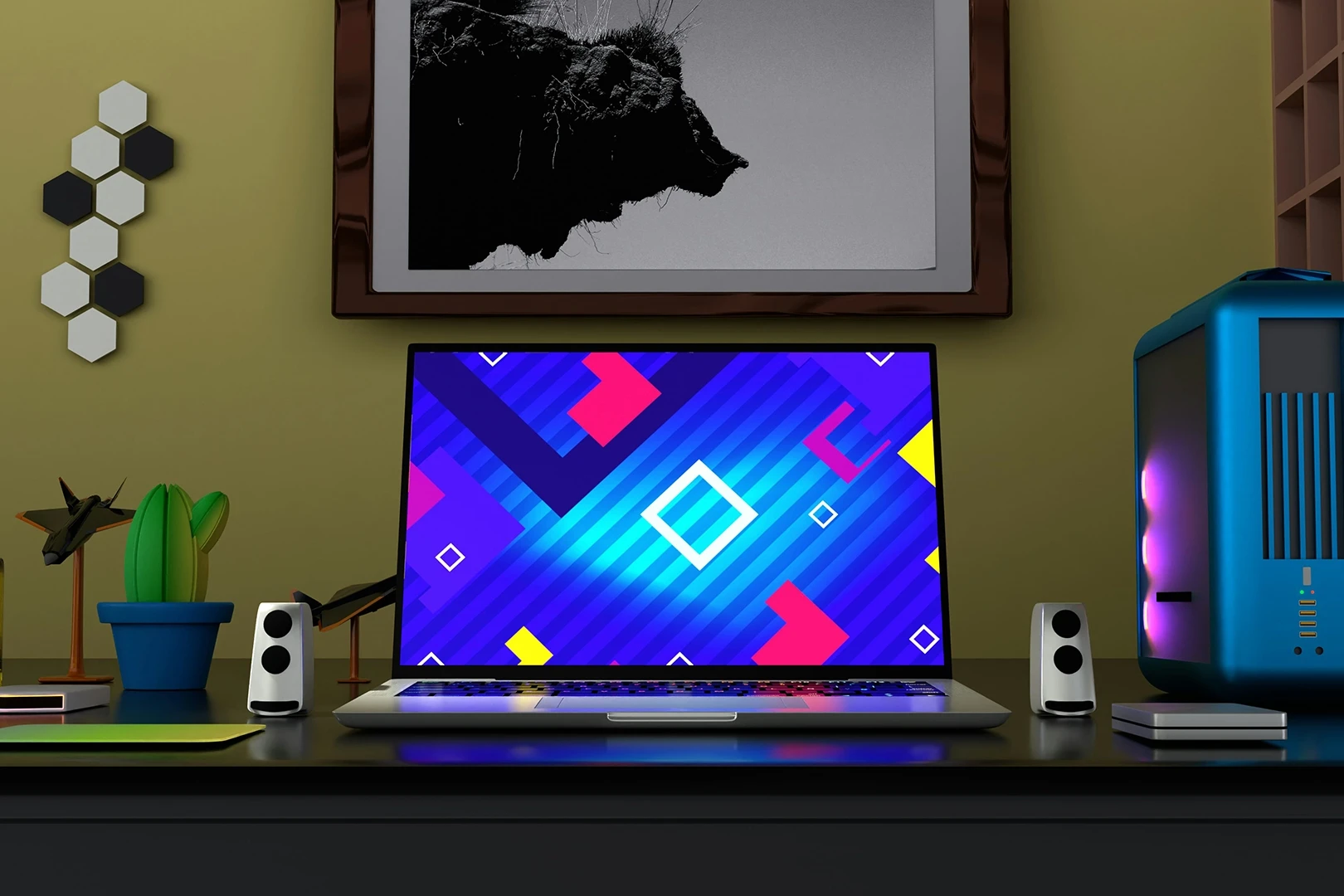Does the Metaverse have the potential to revolutionise ecommerce?
It’s not all that long ago that consumers began to warm to the concept of ecommerce and online shopping which has now become a facet of our everyday lives. It now seems the new buzzword and concept that has everybody talking is the ‘metaverse’, but what exactly is the metaverse and how will it be used? The truth is, no one really knows yet.
Some of the world’s biggest tech companies have begun to explore the concept of a ‘metaverse’, with FaceBook rebranding to become Meta and showcasing the official concept of their Metaverse in early 2022. Although still in its infancy, the concept of the metaverse sounds promising with many ideas which could have the potential to reshape ecommerce and the way brands interact with their customers forever, but will it live up to the hype?
In 2024, Metaverse has more than 600 million active users worldwide.
What is the Metaverse?
Right now, the metaverse is essentially a virtual world which can be experienced through Virtual Reality (VR) and Augmented Reality (AR) headsets and glasses to immerse consumers into a virtual 3D experience. While not exclusively, the technologies used throughout popular versions of the metaverse to date incorporate block-chain based technologies, NFTs and crypto currencies to name a few.
FaceBook’s Metaverse seems to be the most well known platform at this time although there are different versions of the metaverse which have begun to spring up with different concepts including Decentraland, Roblox, The SandBox and even Epic Games (the creators of Fortnite) getting in on the action by begining to create their own concept of the metaverse with investment from Sony and Lego. (Verdict)
As these different variations of the metaverse come into play, consumers can immerse themselves into a range of different worlds which have limitless possibilities and engages them with technology like never before. Whether you’re playing a virtual football match, on the virtual international space station or even buying things in a virtual store, the possibilities of where the concept of the metaverse may go are endless. This takes the metaverse beyond just a virtual meeting place and invites the possibility for brands to create impactful experiences with their customers.
While there is no official definition of the term, the idea and concept of the metaverse is becoming clearer and increasingly focused as different companies and brands begin to shape their own idea of ‘the metaverse’ and find ways to connect the physical world with the virtual world.

How are brands currently experimenting with the Metaverse?
Brands are beginning to experiment with the metaverse and similar technologies to ‘test the waters’ of what may be to come…
1. Nike - Nikeland
Nike created their own virtual world in the commonly known platform Roblox which allows people to play different types of sports, but by throwing out the rule book and allowing users to create their own unique sporting experiences, ‘giving classic games a fresh twist’ which invites the users creativity to run free by allowing them to create their own game, own rule set and choose how its played. The ‘floor is lava with a dash of parkour’ being a favourite.
Users also have their own avatar which they can customise with Nike clothing which in turn provides special powers which can be used by the player throughout the game. Alongside this users acquire currency which they can use to spend on other virtual items within the game. Nikeland also allows users to engage with special promotions, events and competitions which may run providing access to extra content or further ‘ingame’ benefits.
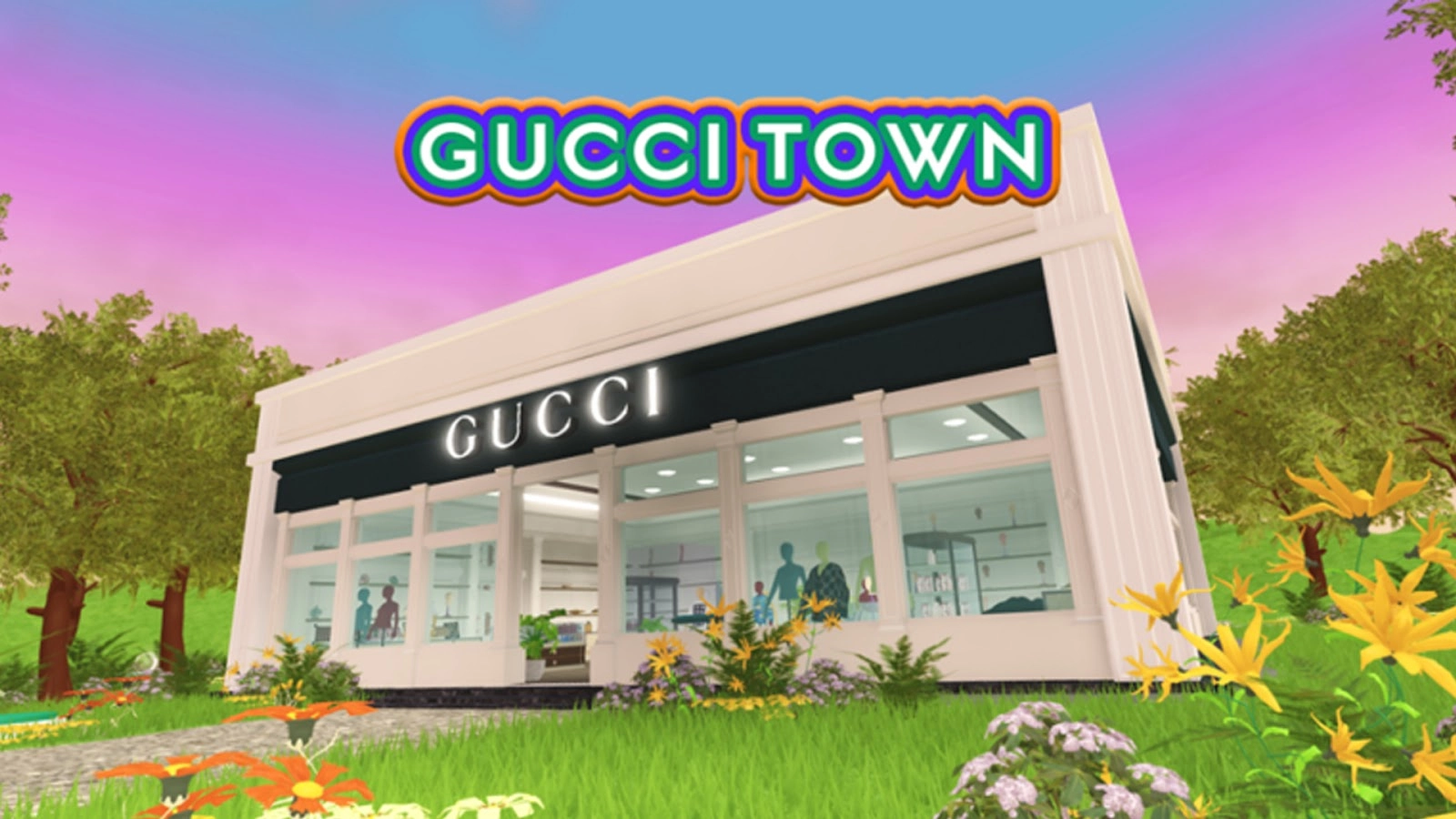
2. Gucci - Gucci Town
High-end clothing retailer Gucci has also jumped head first into the metaverse with their own town built on the Roblox platform. It allows users to compete in games to earn in-game current ‘gems’ which users collect in order to acquire special items and content throughout the platform. Users can also create one off art pieces while also learning about the Gucci brands in the process, learning about their heritage and artisanship involved in the brand.
Aside from connecting Gucci community members with one another, the platform also offers users the opportunity to engage with influencers and other experiences including scavenger hunts to enhance their experience and acquire in-game items. Influencers such as Miley Cyrus have been used throughout the platform who makes an appearance where you are able to take selfies and show it off to the world.
3. Samsung - 837X
Samsung announced the launch of their own metaverse concept using the Decentraland platform which emulates their physical Samsung flagship location in New York’s Meatpacking district on the outside. But on the inside it immerses users into a world where anything is possible which allows users to explore the store, go on quests and even collect wearables throughout.
Further to this Samsung also introduced a sustainability element to their platform by incorporating a new world which resembles a forest. This relates directly back to Samsung’s sustainability efforts in the real world where they are dedicated to planting 2 millions trees and becoming more conscious about sustainability (samsung). Users can also learn more about Samsung through virtual events and presentations used to further engage people in the Samsung experience.
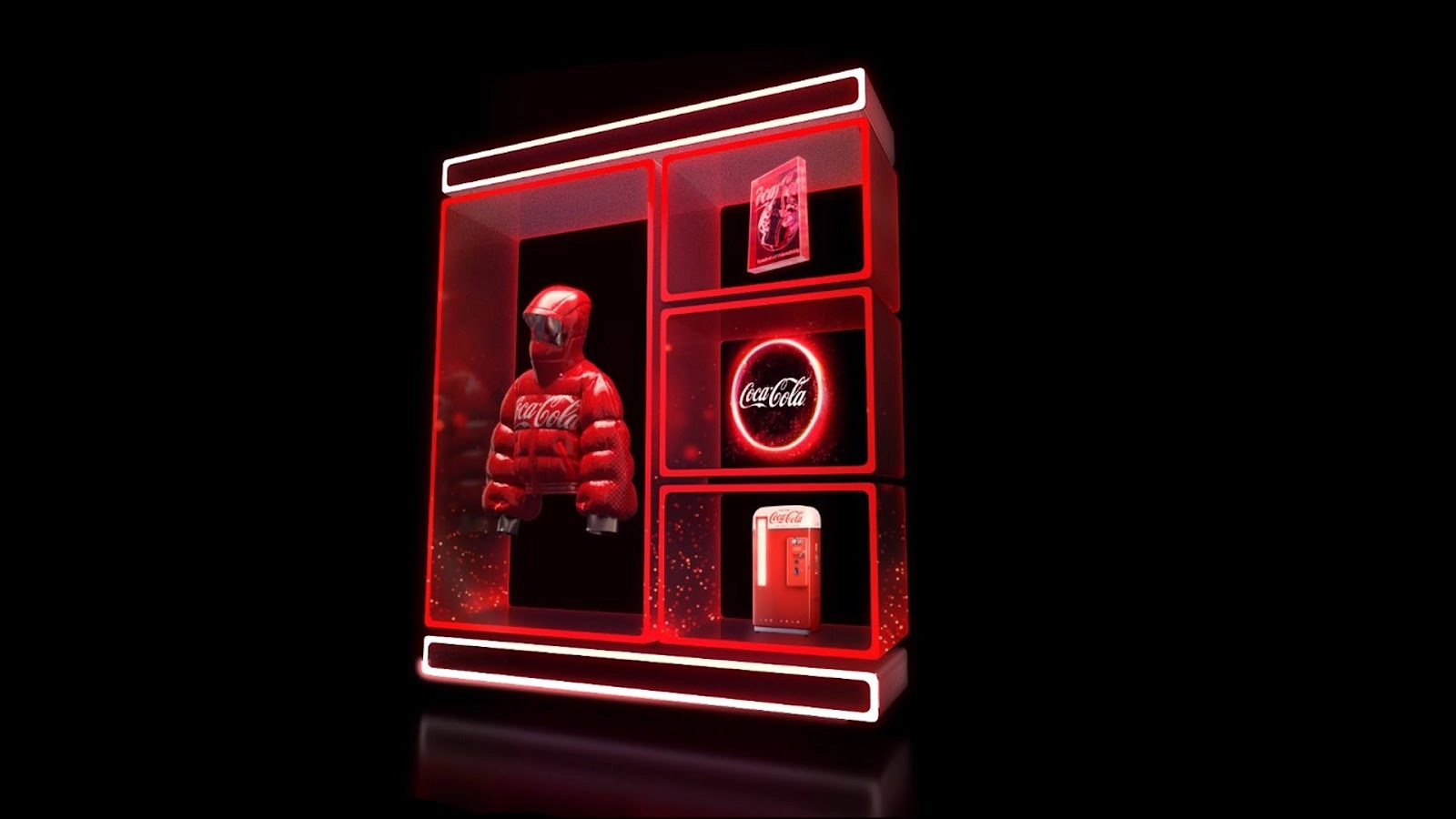
4. Coca-Cola - NFT Collection
While NFT’s are not the metaverse, non fungible tokens are a type of digital assets whose data is stored and recorded in the blockchain, and the ownership of these assets can be transferred making them available for trading or purchase.
Coca Cola have been experimenting with their latest release of NFTs on the OpenSea platform. NFTs are also still in their infancy stage with the true real world use cases still largely unknown, but the concept of creating virtual collectable assets which can be bought and traded by consumers is becoming increasingly popular.
Does the Metaverse present an ecommerce opportunity for brands?
Yes, but its still a work in progress before we start doing our weekly shop in the Metaverse. While the ideas to come out of the metaverse concept are promising, there is still a long way to go before brands can truly utilise the metaverse as a means to bridge the gap between digital and real world experiences.
The adoption of VR technology is steadily increasing (techjury.net) and how quickly consumers adopt this technology will play a vital role in how brands are able to connect with their customers on a larger scale. Still in it’s infancy, there is still a lot to learn about the metaverse and what it might look like in the future with the technologies used to create it constantly evolving. The rate at which these technologies progress will also determine how the metaverse is consumed in the future and how brands are able to make use of it to connect with their customers and create experiences that resonate with them.
But that doesn’t mean you should ignore it. If the metaverse continues to develop and become more advanced with the technology behind it becoming more widely adopted, the ability for brands to utilise this channel as a means to reach and connect with their customers has the potential to be huge.
The best thing brands can do now is investigate how these technologies could be used in the future while proofing their digital strategies by considering emerging technologies like the metaverse that might be likely to impact them in the years to come. Although it may not suit most organisations now, continuing to monitor how others are using the space is useful to understand where future opportunities lie and how it can be taken from a virtual only world to one which integrates both real life and the virtual world.
The time between now and when the metaverse becomes of age so to speak, brands have the unique opportunity to test and trial different ideas while the adoption of this technology is low and relatively unused at the moment. You could argue that this will take years or even decades to evolve into something that resembles this ecommerce utopia, but we’ve outlined a few areas associated with the metaverse to keep your eyes on…
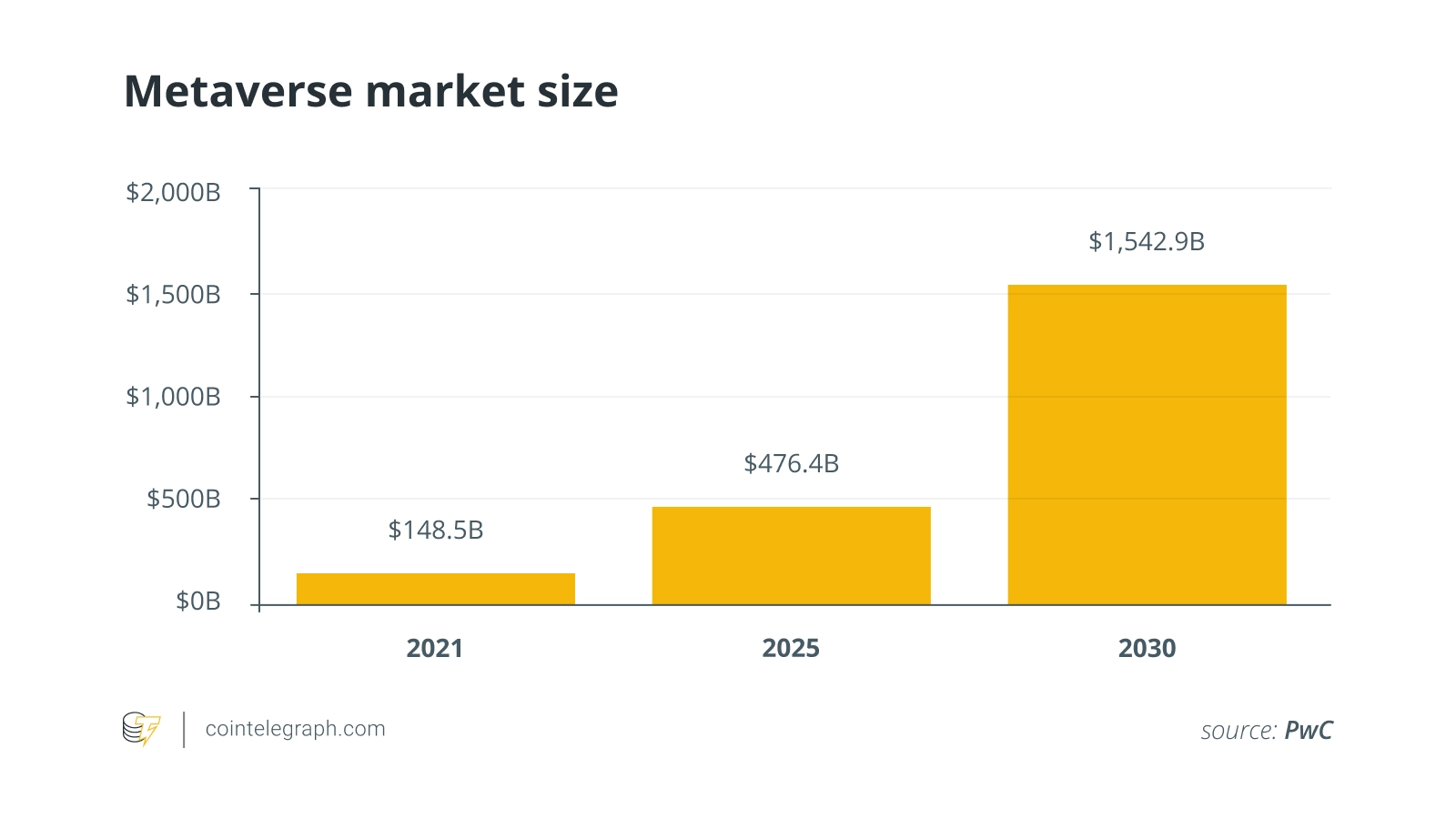
Areas to keep your eyes on as the Metaverse develops
As the metaverse concept begins to grow with new platforms becoming available, opportunities will soon arise to which brands must be aware of how to react when the time comes. The metaverse is only expected to grow with some predictions expecting the market size to increase ten fold by 2030 (cointelegraph.com)
Community building in the Metaverse
In a recent event by the Lovie Awards and Media Monks: Enter The Metaverse (hopin.com), the importance of community building in the metaverse was outlined with the key opportunities which may come to fruition in the future and how it could be a main ‘value area’ for brands in the years to come. Building a community amongst your consumers is no new concept, but being able to build strong online communities has been a challenge for many brands and marketers alike.
The introduction of the metaverse however is beginning to show the potential to be a key community building channel for brands in the future. Industry leaders from tech giants FaceBook and Microsoft have also outlined the potential value in being able to take previously 2D community experiences which work well in today’s world into the metaverse to create fully immersive 3D experiences which promote connection between users (venturebeat.com)
A good example of this working today is the popular game Fortnite which has managed to build a highly engaged community which brings together gamers, twitch streamers and other consumers together with a shared love for socialising and interacting in the virtual world.
Fortnite has begun a gradual shift towards the metaverse concept, with the introduction of highly customizable characters and avatars which consumers can purchase in game and allocate to their characters online. Similarly, Fortnite has also begun to experiment with ‘virtual events’ where consumers can attend in-game ‘concerts’ from influencers and celebrities such as Travis Scott, Ariana Grande and Marshmello to name a few. Consumers can interact with the surrounding experiences and other players which has gained popularity amongst their audience and presents a key opportunity in the future to monetise this with exclusive entry, merchandise (digital and real world), digital assets like NFTs and more.
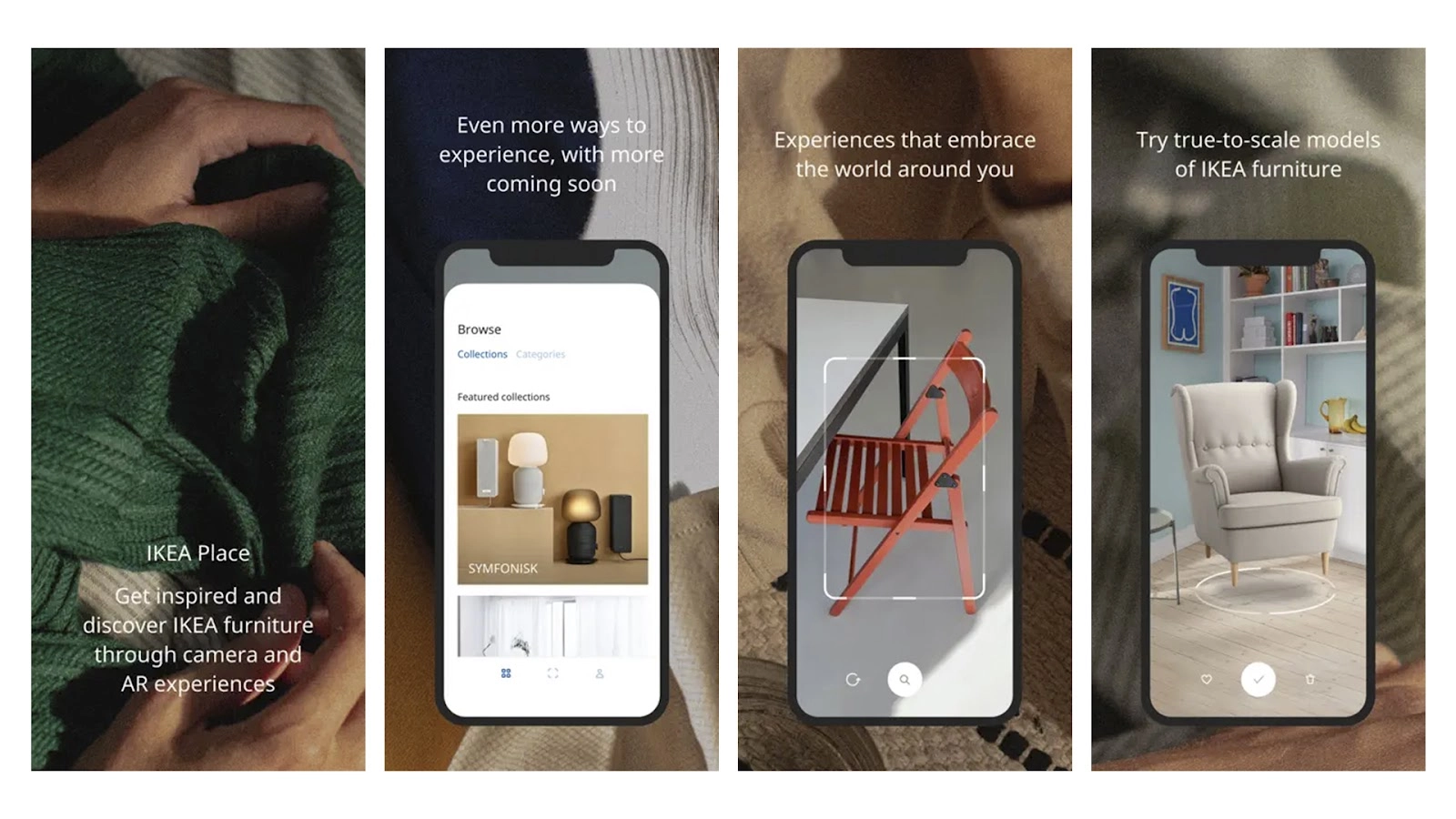
Product Discovery with AR/VR
Before the explosion of digital, traditional brick-and-mortar stores were the only method of product discovery brands had to work with. Fast forward to now we see the emergence of ecommerce continue to grow online, but not without its constraints. Even with ecommerce you still lack the ability to try products before you buy them online.
New AR technologies are now being experimented with as a means to merge the online and physical worlds, currently through the use of smartphone cameras where the content is displayed on the screen but looks as if it is in the real world.
The possibilities for this ecommerce model to transfer into the metaverse are exciting to say the least with new AR technology presenting a means for people to actually ‘try on’ items of clothing virtually or to visualise in 3D the actual product you are going to buy. This has been developing over recent years with offering such as IKEA Place App and Amazon AR View Feature available which are creating AR experiences where you can visualise products in your own home through your mobile phone camera. Although this is not part of the metaverse right now, it does demonstrate the potential for these kinds of technologies being used and how they can be used to create truly immersive experiences.
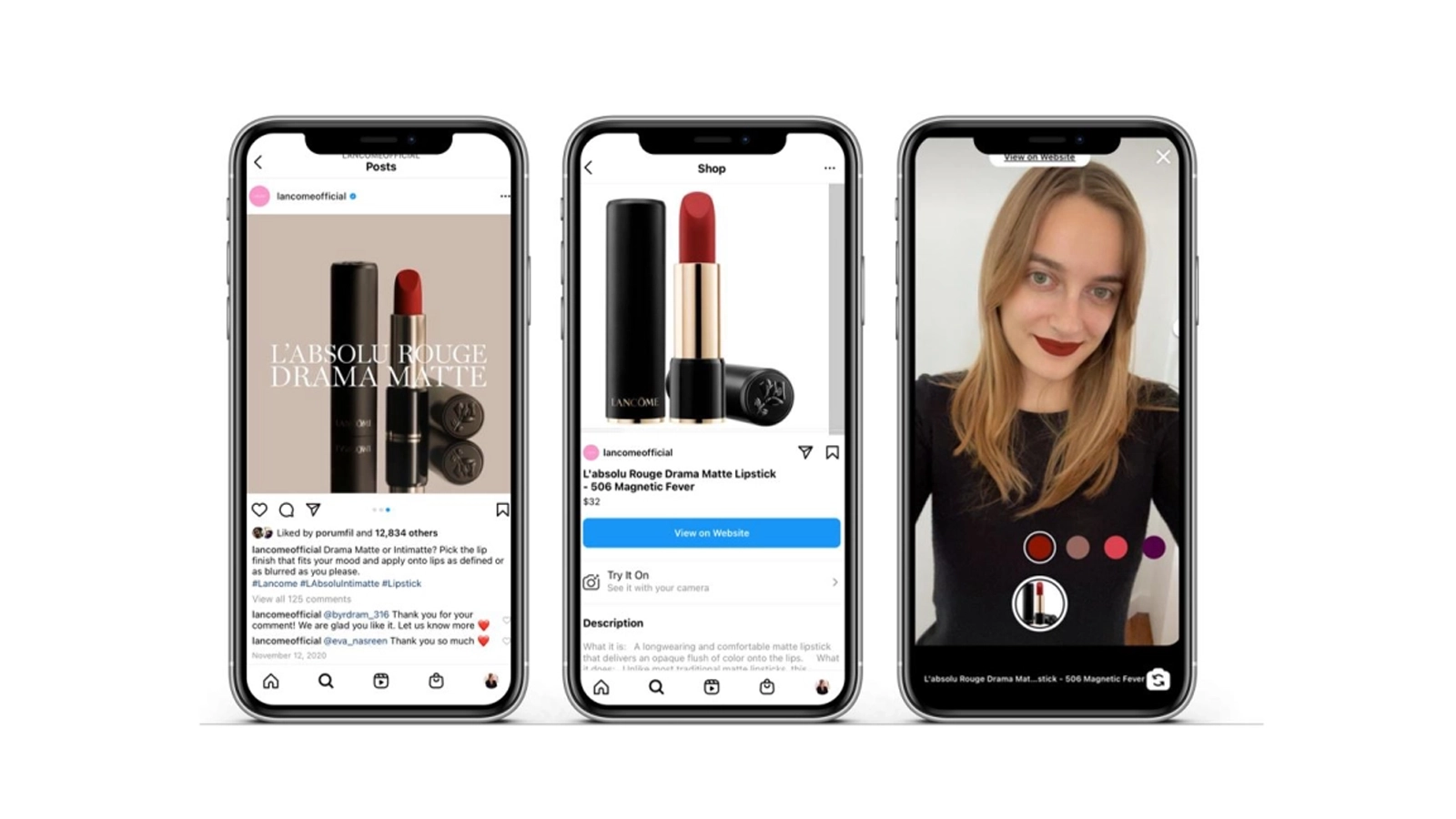
Social Commerce Opportunities in the Metaverse
Since the launch of the first social commerce features through Twitter in 2014 (techcrunch.com) the social commerce space has continued to grow with the introduction of Instagram Shopping and FaceBook Marketplace with even Pinteret and TikTok getting in on the action. With upto 30% of internet users in the US currently making purchases through social media platforms (shopify.com) the gap between social media and ecommerce continues to shrink and the metaverse may present a unique opportunity to bridge this gap more effectively.
Although brands are yet to make a concrete link between social platforms and the metaverse, it will be interesting to see what evolves in the social commerce space and if the introduction of VR and AR will play a role moving forward. Being a social space in it’s own right, the metaverse has the potential to become a place where consumers meet across virtual worlds to socialise, interact and also a key platform for brands to operate.
Take Instagram Shopping for example, the concept of connecting AR to the real world of social commerce has been in the conceptualisation stage since early 2019 and coming to fruition in 2021 with companies such as L’Oréal and FaceBook creating an interface with Spark AR and ModiFace which allows consumers to virtually ‘try on’ items such as lipstick through the use of their smartphone cameras. (L’Oréal)
Personalisation
Personalisation is a big thing in ecommerce today and is the key driver behind many online purchases being made while it also serves as a key driver for loyalty amongst consumers and brands. We are already seeing some brands utilise more personalised experiences with common themes to the fashion industry with in-game ‘skins’ and clothing being used to personalise users’ avatars to their individual taste and style.
The metaverse invites the potential of being able to deliver highly personalised experiences in a way never seen before by removing all of the physical barriers and constraints of the current digital shopping experience and in the real world by providing a highly engaging 3D experience. We’ve all been there already when we have searched for something online we want to buy only to be targeted with personalised ads at a later stage in an attempt to bring you back to buy the product or with content being served to consumers based on activity or online readership. It will be exciting to see what evolves in this area as the metaverse continues to develop and adapt to new challenges with the current technology we have.
Summary
If one thing is clear, the early days of the metaverse concept are promising, the vision creators currently have around how the metaverse could integrate into society in the future is nothing short of exciting. Brands continue to experiment with different metaverse concepts which will ultimately help to shape the future of the technology and what could be possible in years to come.
Although to truly enable brands to take advantage of this technology and create seamless customer experiences, the technology needs to evolve to capture that perfect balance between the virtual and physical worlds. No one really knows what the metaverse will look like ten years from now, but brands should plan for the future and try to understand how they could potentially incorporate the technology into their brand.
Now is the time to test the waters in the metaverse and learn from the challenges presented by the current technological capabilities. Think about how the metaverse can be incorporated into your digital strategy and digital initiatives moving forward and how these initiatives can shape the metaverse as a key channel for connecting with your customers.
More interesting content...
Like this story? Share it on your social media...
For more of the latest content, why not subscribe to our mailing list...



